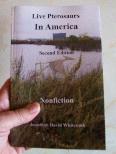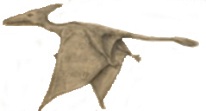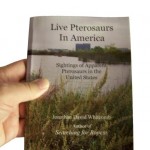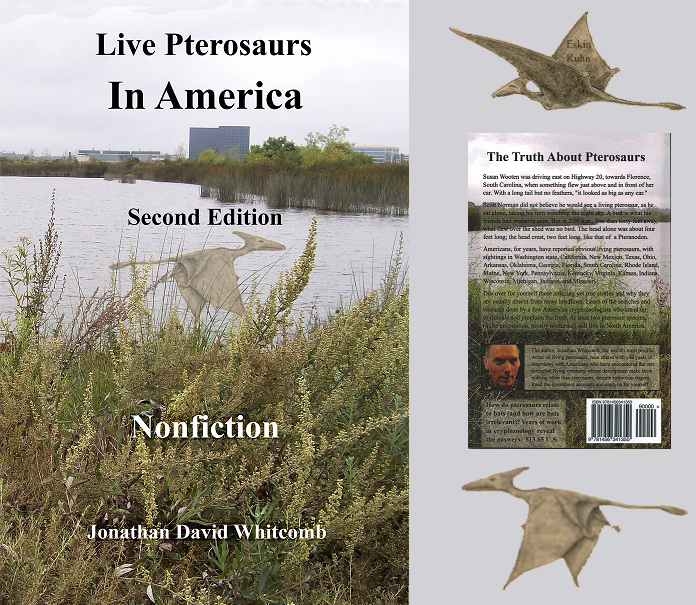The Gurdon Light (Arkansas), the Chapel Hill Light (Tennessee), the Cohoke Light (Virginia), the Gonzales Light (Louisiana), the Hornet Light (Missouri)–Each has a legend of a headless ghost with a lantern; other places have similar lights with similar legends. What are these strange lights? Let’s find out with a fictional court interrogation of Mr. Gurdon Light (GL) (but the mystery lights themselves are nonfiction).
**********
Prosecution: Mr. GL, do you live in Gurdon, Arkansas?
GL: In that neighborhood, yeah.
Prosecution: Have you ever been around Chapel Hill, Tennessee?
GL: No, sir. But I have relatives there.
Prosecution: Have you ever been in Gonzales, Louisiana, or in Missouri, or in Virginia?
GL: No, sir. Funny thing you should ask; I have relatives in them places, too.
Prosecution: To get to the point, some time ago you scared some people in Gurdon.
GL: Sorry, sir. I meant no harm.
Prosecution: Did you know that they thought they’d seen a ghost?
GL: Heck, I aint no ghost. I didn’t even see ’em ’til they started a-hollerin’.
Prosecution: But just one night earlier, in that same neighborhood, near the railroad tracks, you were involved in a killing weren’t you?
Defense Attorney: Objection: irrevelant.
Judge: Sustained.
Prosecution: You heard the previous testimony, about how you rushed at these people?
GL: It was an accident. I didn’t see ’em.
Prosecution: What exactly do you do for a living?
GL: Every night I look for food.
Prosecution: Why at night?
GL: It’s what my family’s always done. It’s all we know.
Prosecution: But not always totally in the dark, is it?
GL: No, sir. Sometimes I glow. It runs in the family.
Prosecution: Just how do you make yourself glow?
GL: Heck, I don’t know. It happens sometimes when I’m a-huntin’.
Prosecution: And what it is you hunt?
GL: Whatever I can catch. Sometimes I’m lucky to find a rat.
Prosecution: Did you know that your family is in some biology textbooks?
GL: I don’t read. I don’t know nothin’ about tax books. But my lawyer told me about one book.
Prosecution: What book was that?
GL: A Mr. Silcock in Australia wrote a book. It’s about my relatives there. They can glow, too . . .
Prosecution: But my question is about textbooks. Are you aware of any textbook that has anything about any member of your family glowing?
GL: No, sir. I don’t know nothin’ exceptin’ that one book in Australia.
Prosecution: Did you know that some of your relatives are behind bars?
GL: I heard about ’em, yeah. But it weren’t from the killin’s.
Prosecution: Thank you.
GL: In the killin’s, no people were hurt.
Prosecution: So all of your relatives are innocent?
GL: Yes, sir. Just huntin’.
Prosecution: Did you know that not one of your relatives has ever been seen to glow while behind bars?
GL: Funny thing you should ask. We often glow when we’re hungry. Behind bars, vittles are handy. So I was a-thinkin’ maybe they don’t glow ’cause they’re a-feedin’ good.
Prosecution: But are you aware that no scientist has ever said anything about you or your relatives glowing?
GL: Exceptin’ Mr. Silcock.
Prosecution: Getting back to the point, you flew at these poor terrified people, did you not?
GL: Flyin’s how we get around. I meant no harm.
Prosecution: One more thing: Did we get your name for the record, your official name?
GL: Tyto. Tyto Alba.
Prosecution: Do you have a nickname?
GL: Barney. Some folk call me “barn owl.”
************
According to the Australian author Fred Silcock, some barn owls glow, sometimes. The strange bobbing lights are often called Min Min lights. It appears to be an intrinsic bioluminescence that may be triggered by hunger. At any rate, not all barn owls glow and those that do glow do so only sometimes. Some observations in Australia reveal one cause for the glow: Hungry owls can catch insects when rodents are scarce. Bioluminescence in some barn owls appears to be the cause of the whiteness of the underside feathers: More light passes through white feathers.
The Gurdon Light, Chapel Hill Light, Cohoke Light, Gonzales Light, and Hornet Light (and others) resemble the movement of a lantern being carried by someone who is searching for something. The light bobs up and down a bit and flies back and forth because a barn owl is searching for food. It may be rare enough that rodents have not developed any fear of it; insects are attracted to it.
How do glowing barn owls relate to modern living pterosaurs? When a strange light behaves like a hunting barn owl, it may be just that. But when it flies too fast and glows too brightly, it may be related to the ropen light of Papua New Guinea: It may be a bioluminescent pterosaur.
The Marfa Lights, of Texas, appear so different from many “ghost lights” that a ropen-light interpretation has been suggested, for they sometimes coordinate their glowing flights in what seems to be a complex hunting technique. And they flash too brightly and fly too fast to be barn owls. They do not suggest a headless ghost looking for its head, but a shrewd predator looking for bats: perhaps a predator with a head for hunting the Big Brown Bat, common in that part of Texas.
*************************************************************
 Did you know that living pterosaurs have been reported in North America, even in the United States? Read the many eyewitness sighting reports by purchasing a nonfiction book on Amazon or from the publisher—Live Pterosaurs in America.
Did you know that living pterosaurs have been reported in North America, even in the United States? Read the many eyewitness sighting reports by purchasing a nonfiction book on Amazon or from the publisher—Live Pterosaurs in America.
This cryptozoology book has now been published in its third edition, greatly expanded from the original.





